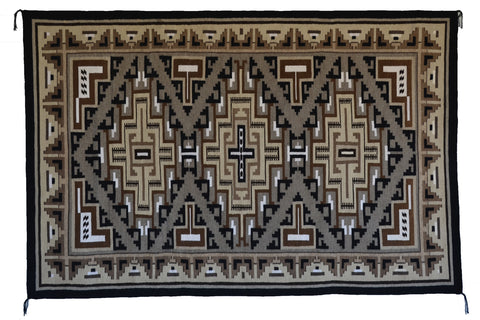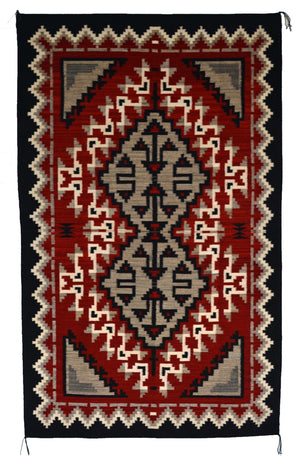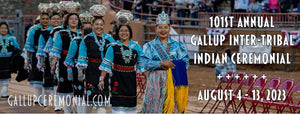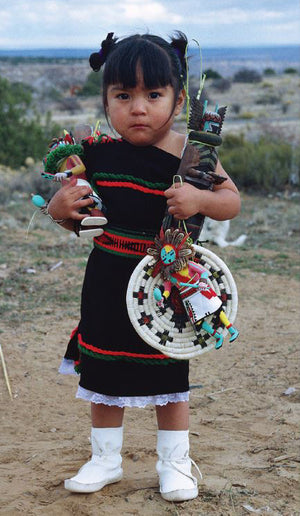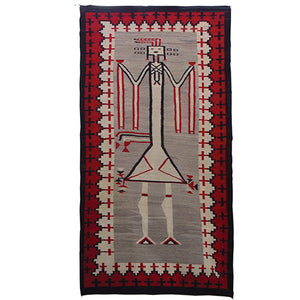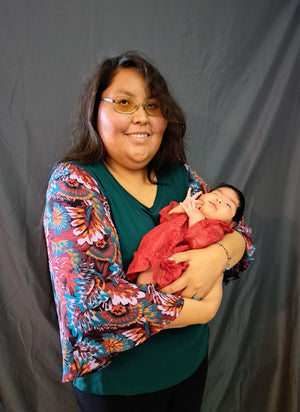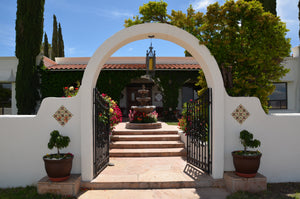Nizhoni Ranch News

2023 Award Winners - Gallup Inter-Tribal Indian Ceremonial
Award: Best of Category & 1st Place (111)
Award : 1st Place (150)

Pictorial Single Saddle Navajo Blanket : GH : Churro 1708 : 29" x 31" (2'5" x 2'7") : $ 2,000
Award : 1st Place (174)
Award : 2nd Place (143)
Award : 2nd Place (145)
Award : 2nd Place (144)

Two Grey Hill Navajo Rug : Helen Bia : Churro 1718 : 29" x 36" (2'5" x 3") : $4,000
Award : 2nd Place (101)
- Beth Barth

2023 Gallup Inter-Tribal Indian Ceremonial
We are getting the Churro weavings ready to enter into the art show at Gallup Inter-Tribal Indian Ceremonial.
For decades now Nizhoni Ranch and Steve Getzwiller have submitted weavings on behalf of our weavers for judging. We are proud of our weavers who have won countless awards and prize money!
We have 20 weavings to enter this year and sure they will take home ribbons. Check back after the 13th for the list of our award winning rugs. Wish our weavers luck!

Click here for more information about Gallup Ceremonial.
- Beth Barth

Hopi Katsinas
Two-year old Kelly Shupula with gifts she received from the Katsinam at a ceremony.
Central to Hopi religion, Katsinas are supernatural beings believed to live on the San Francisco Peaks near Flagstaff, Arizona. Hopi men embody the Katsina spirits during ceremonies that take place between Winter Solstice and mid-July. The Hopis believe these spirits enable them to live in harmony with nature, ensuring rain, crops, fertility, and good hunting. The Hopi men embody the spirits of these Katsinas by wearing masks and dancing in the plazas of the villages. The dolls, which are carved replicas of the dancers, are given to the children so that they may learn about their people's traditions. The art of carving Katsina dolls has evolved from the old-style block-like figures into today's highly detailed, all-wood dolls with realistic form and action.
Over time, Katsina Dolls became more and more sophisticated and included bases for the dolls to stand on and showing the Katsina in “action”- such as dancing or hunting. All Katsina Dolls are carved out of the root of the Cottonwood tree. The Cottonwood tree’s vigorous roots travel far and deep in search of water. There is spiritual importance in this fact, as the Hopis are dry farmers in an arid part of Arizona and the search for water is of critical importance to their culture.
Click to view our collection of Katsinas for sale
For more about Katsinas keep reading...
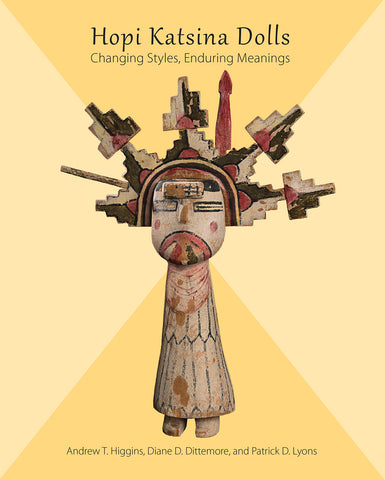
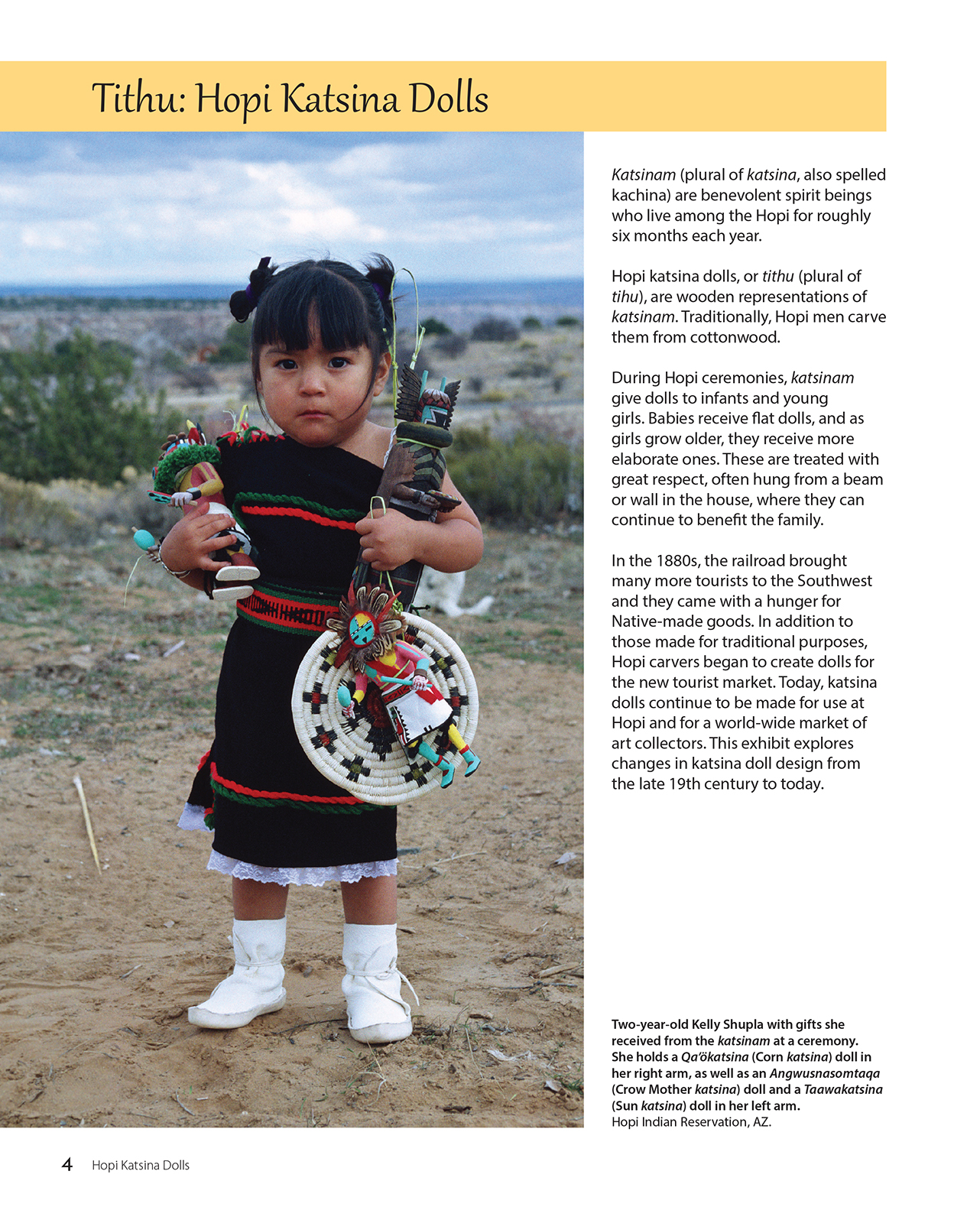
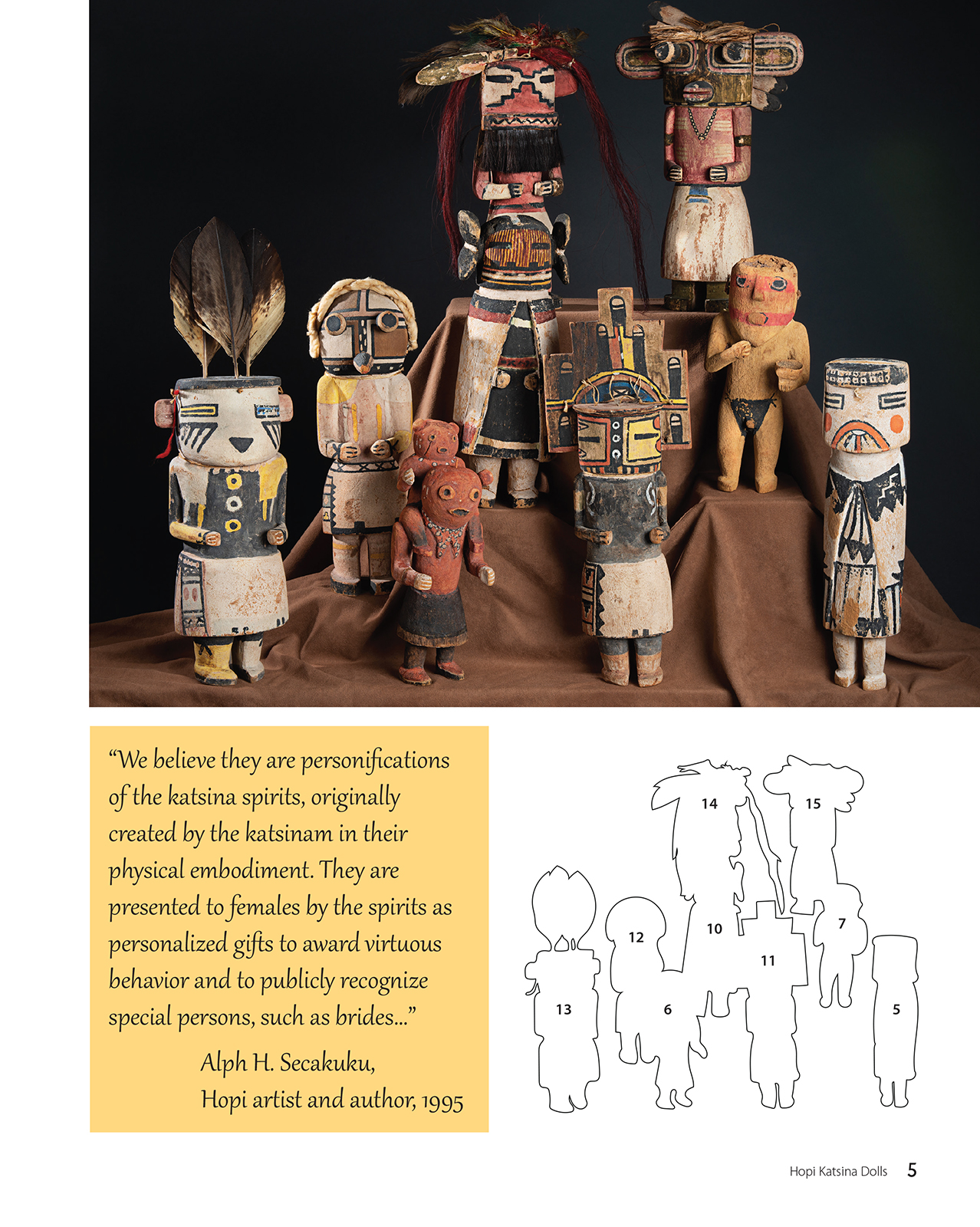
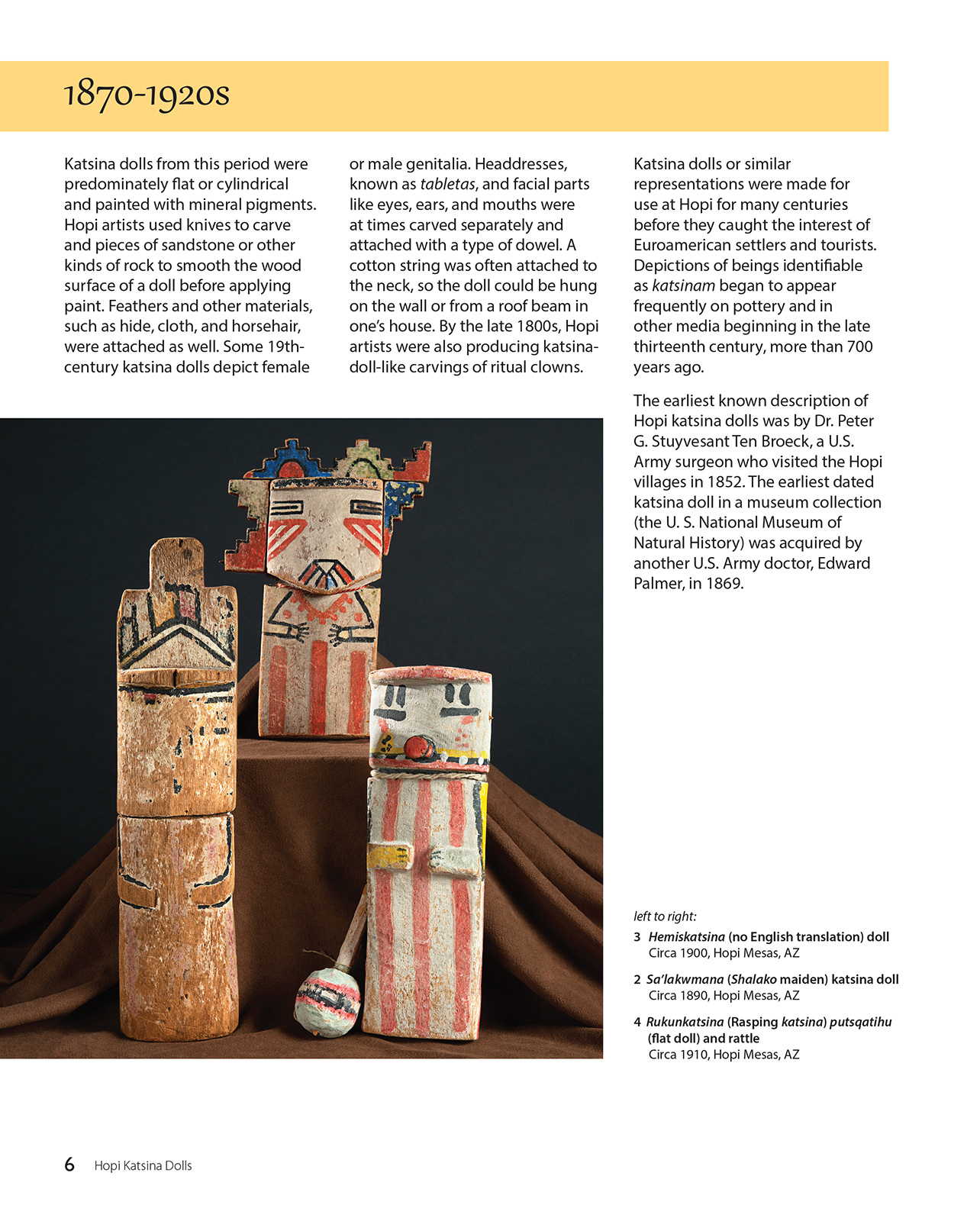
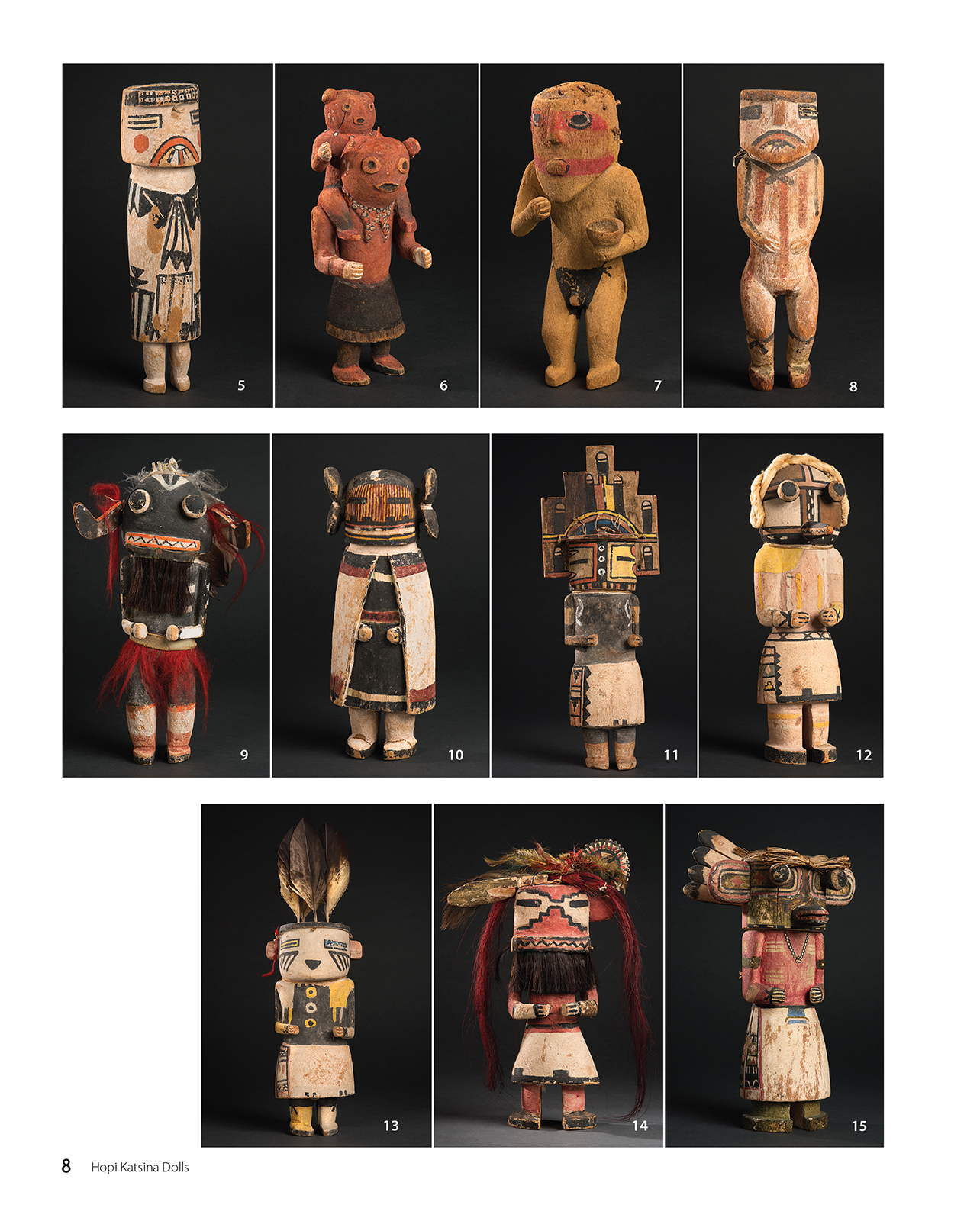
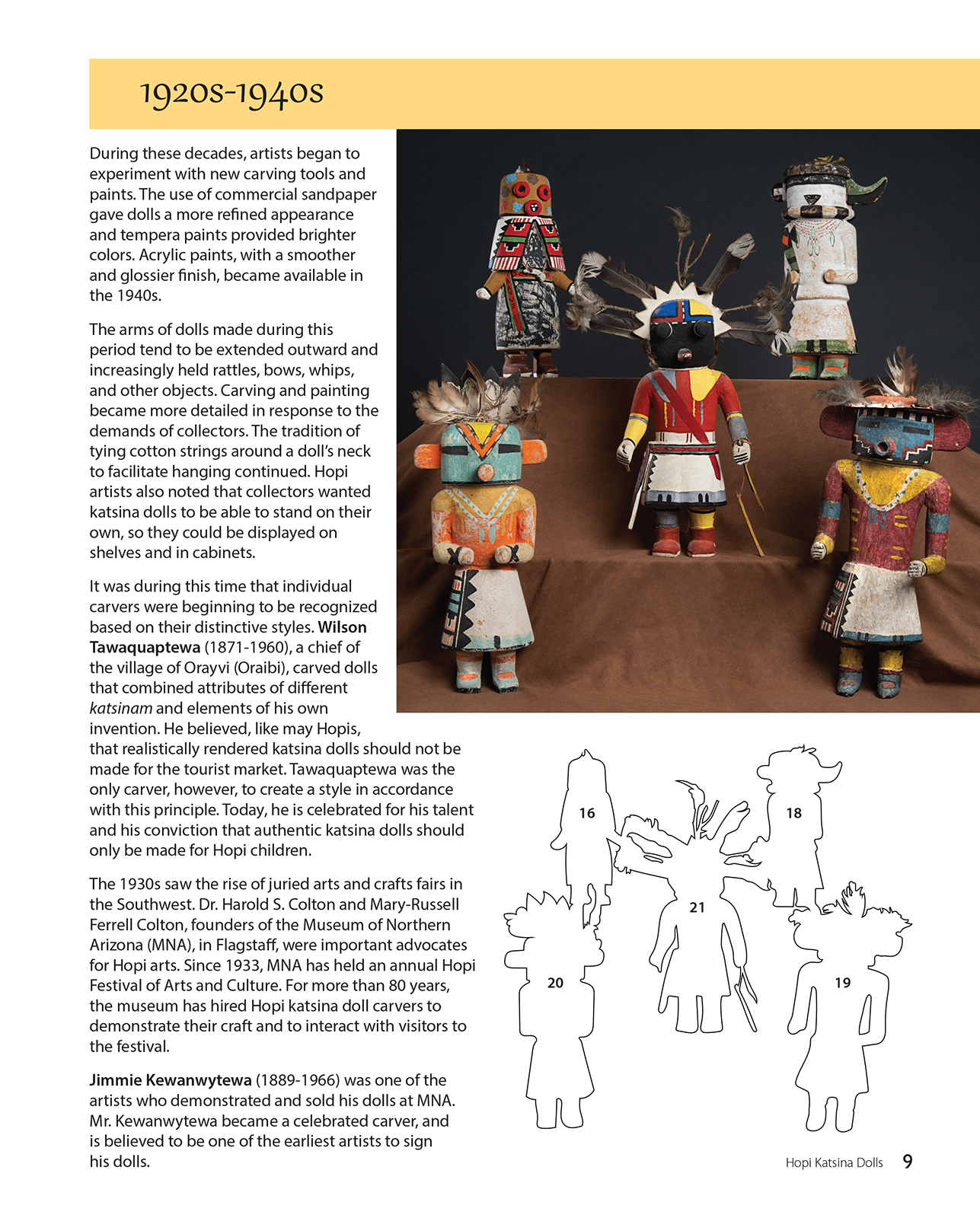
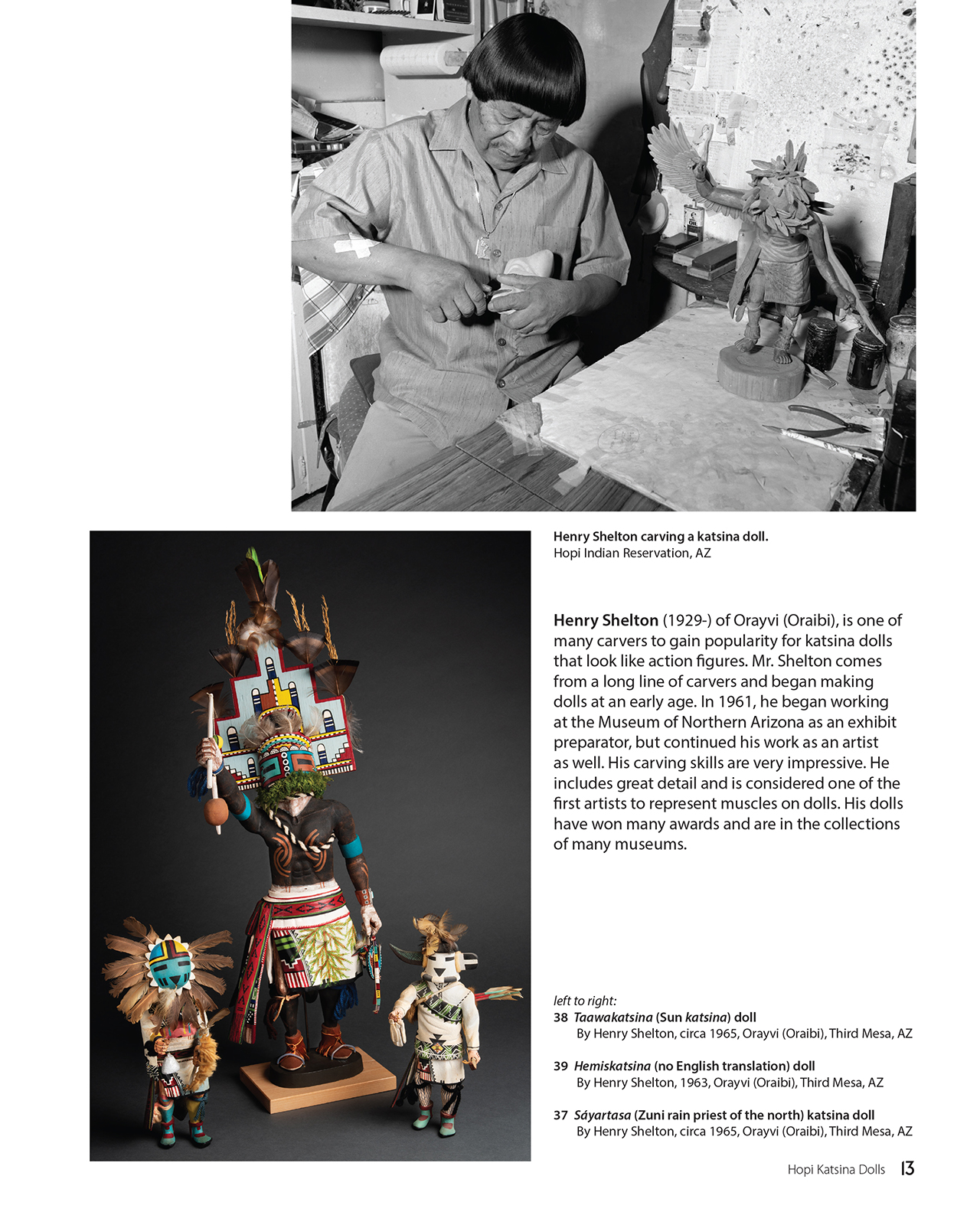
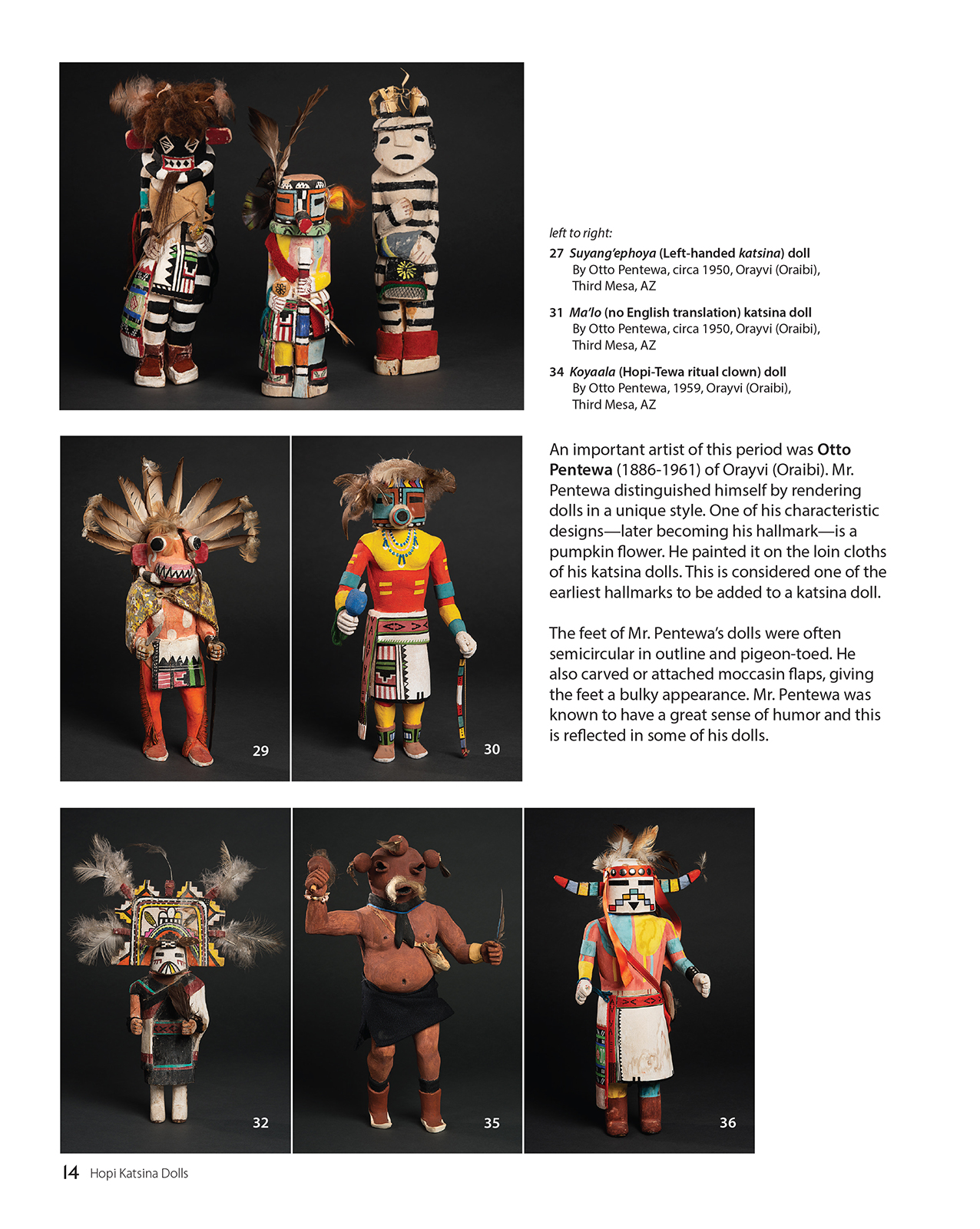
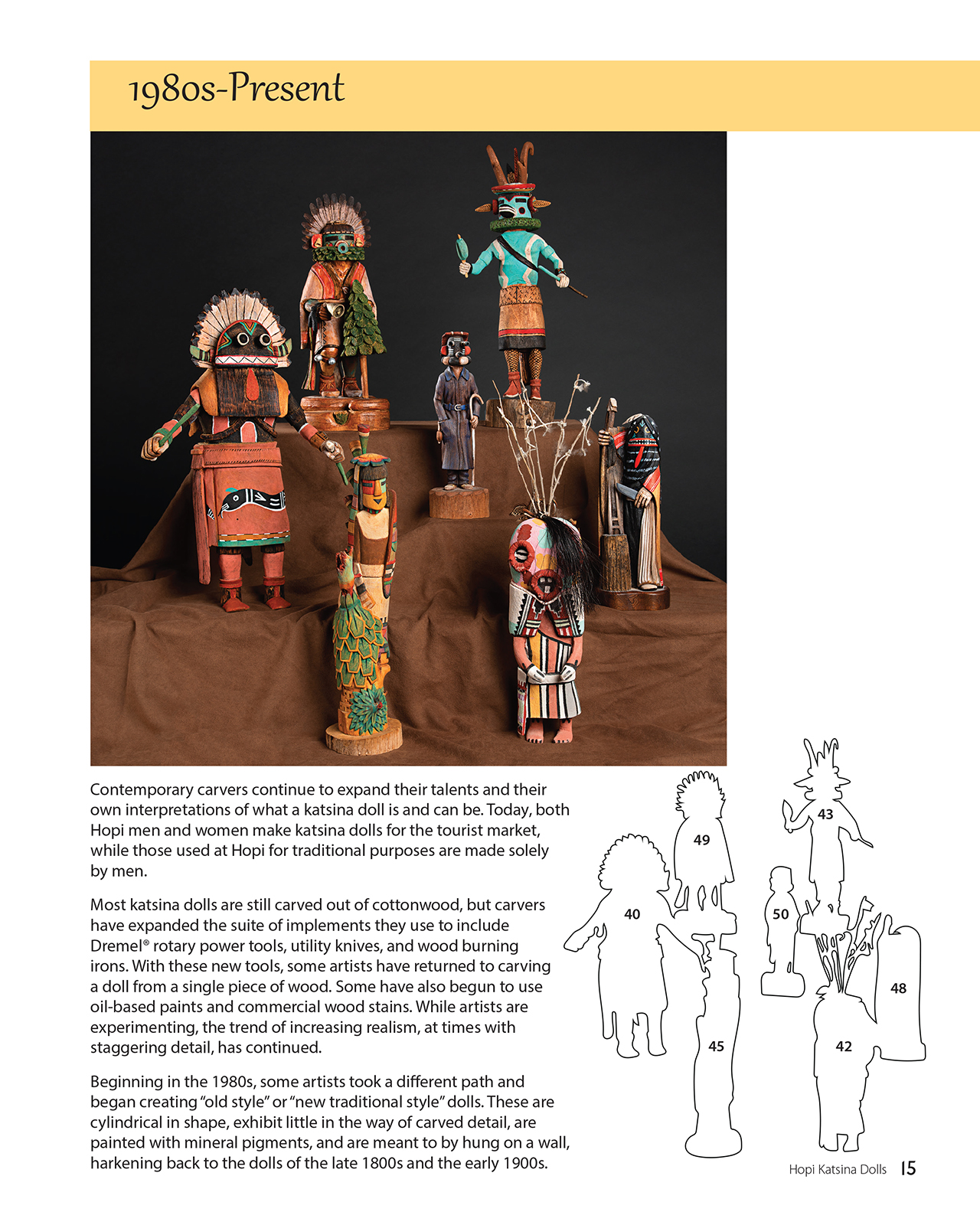
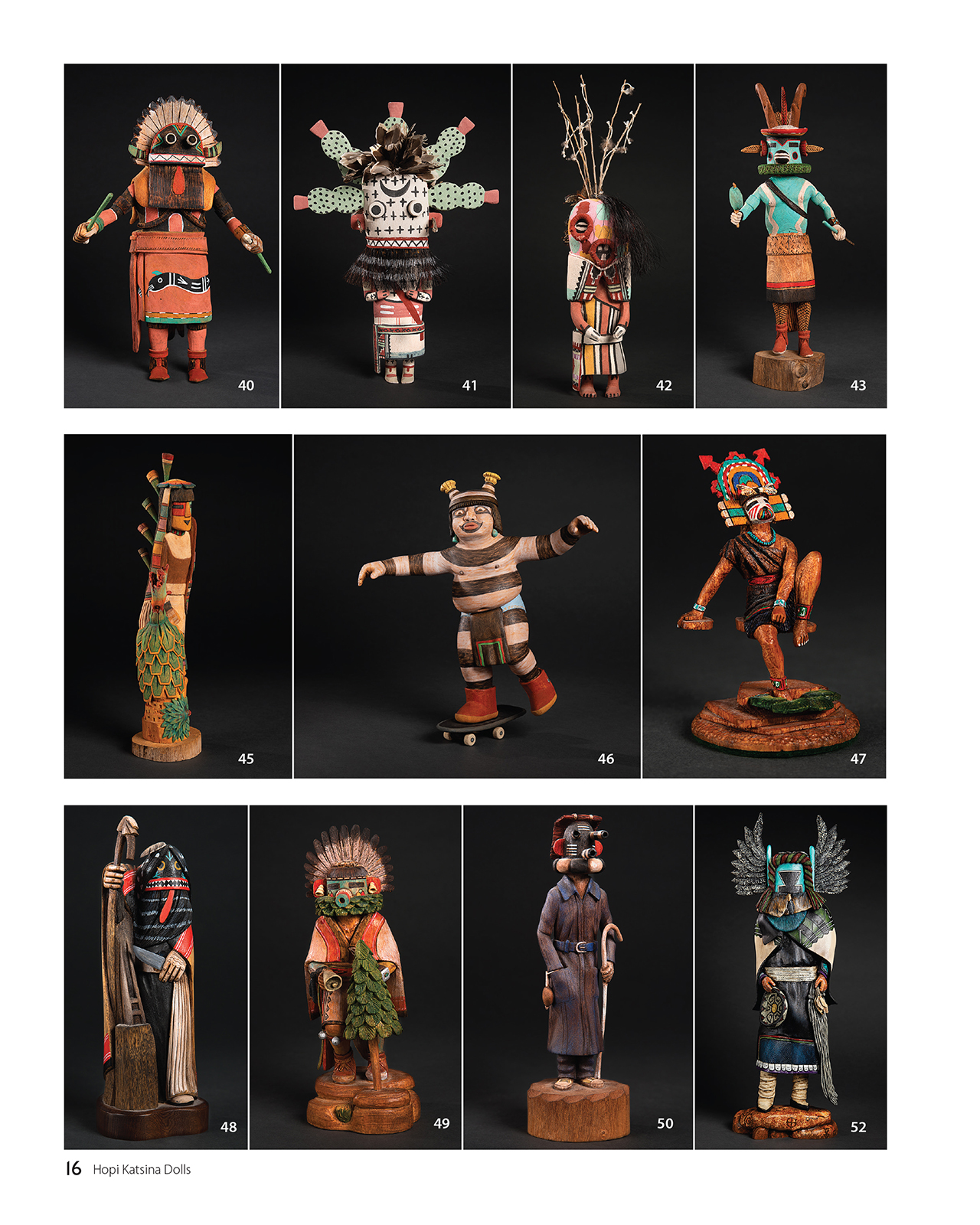
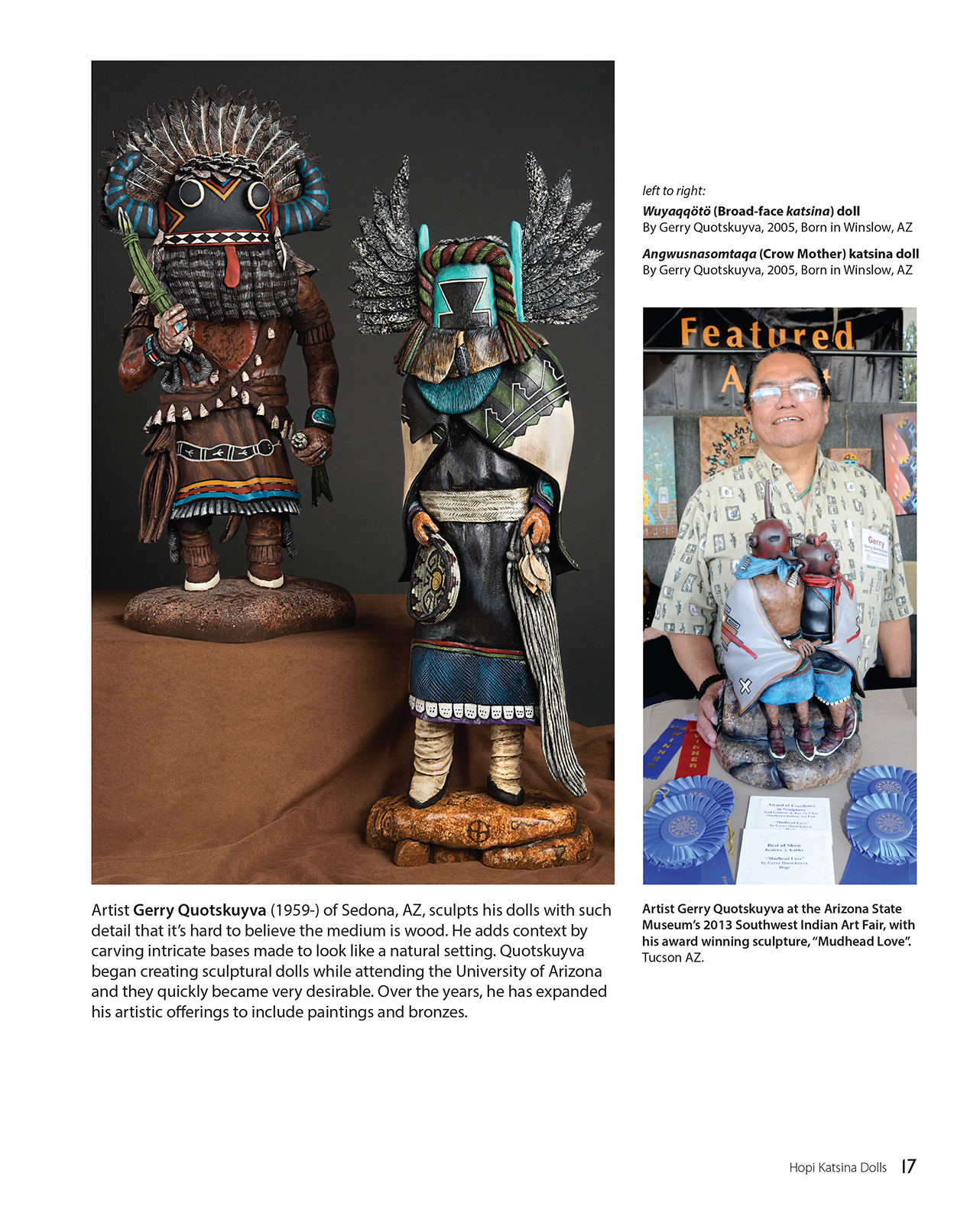
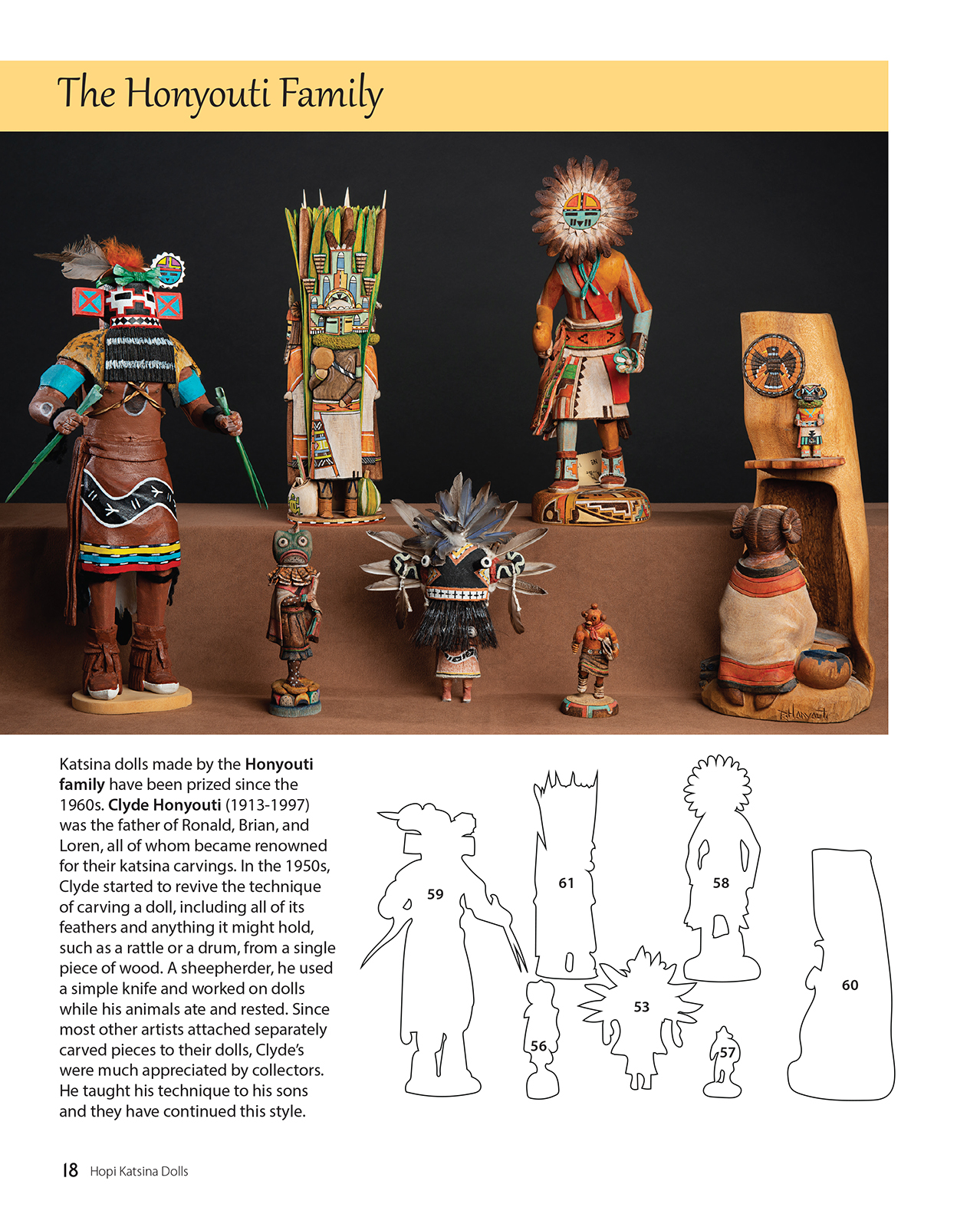
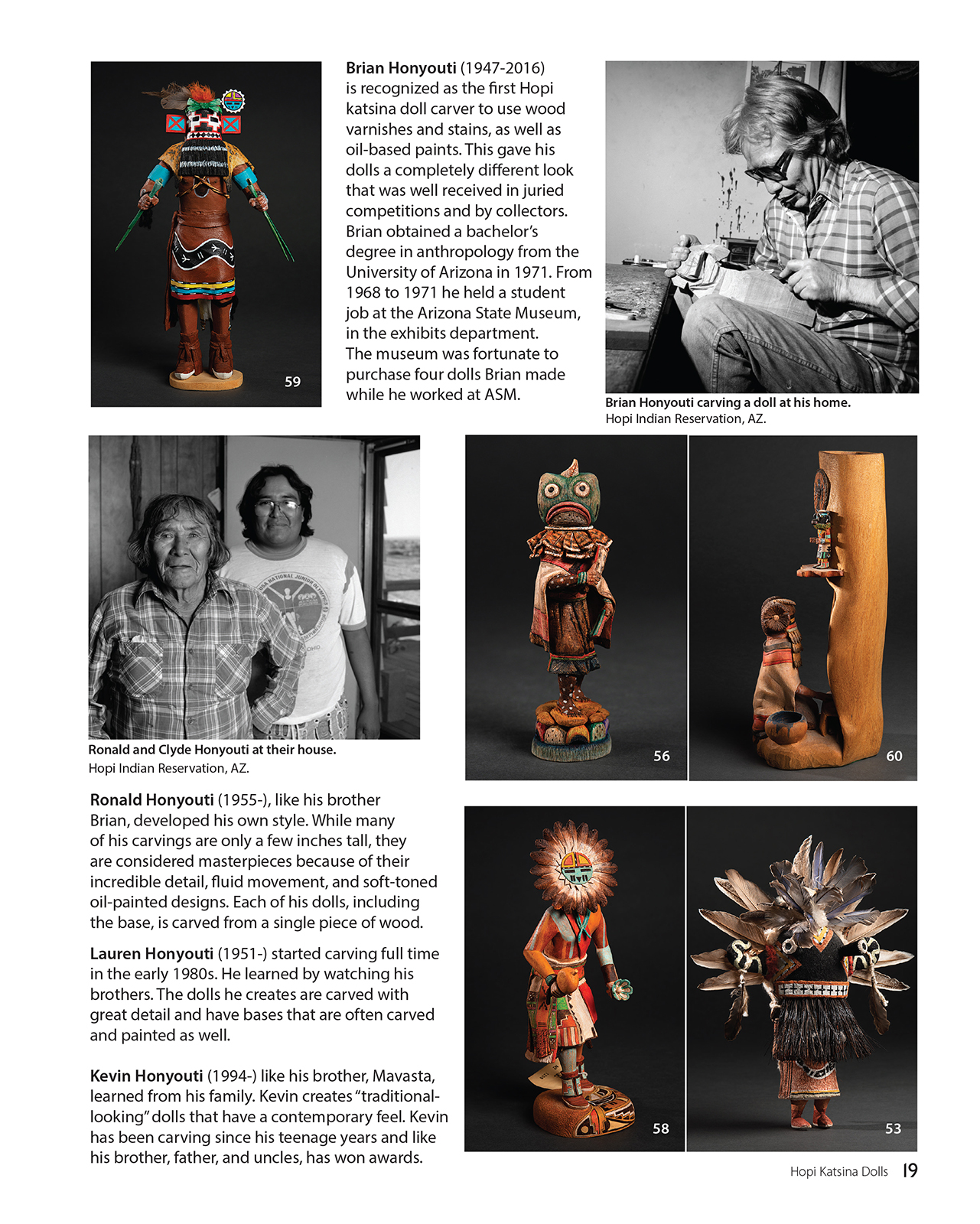
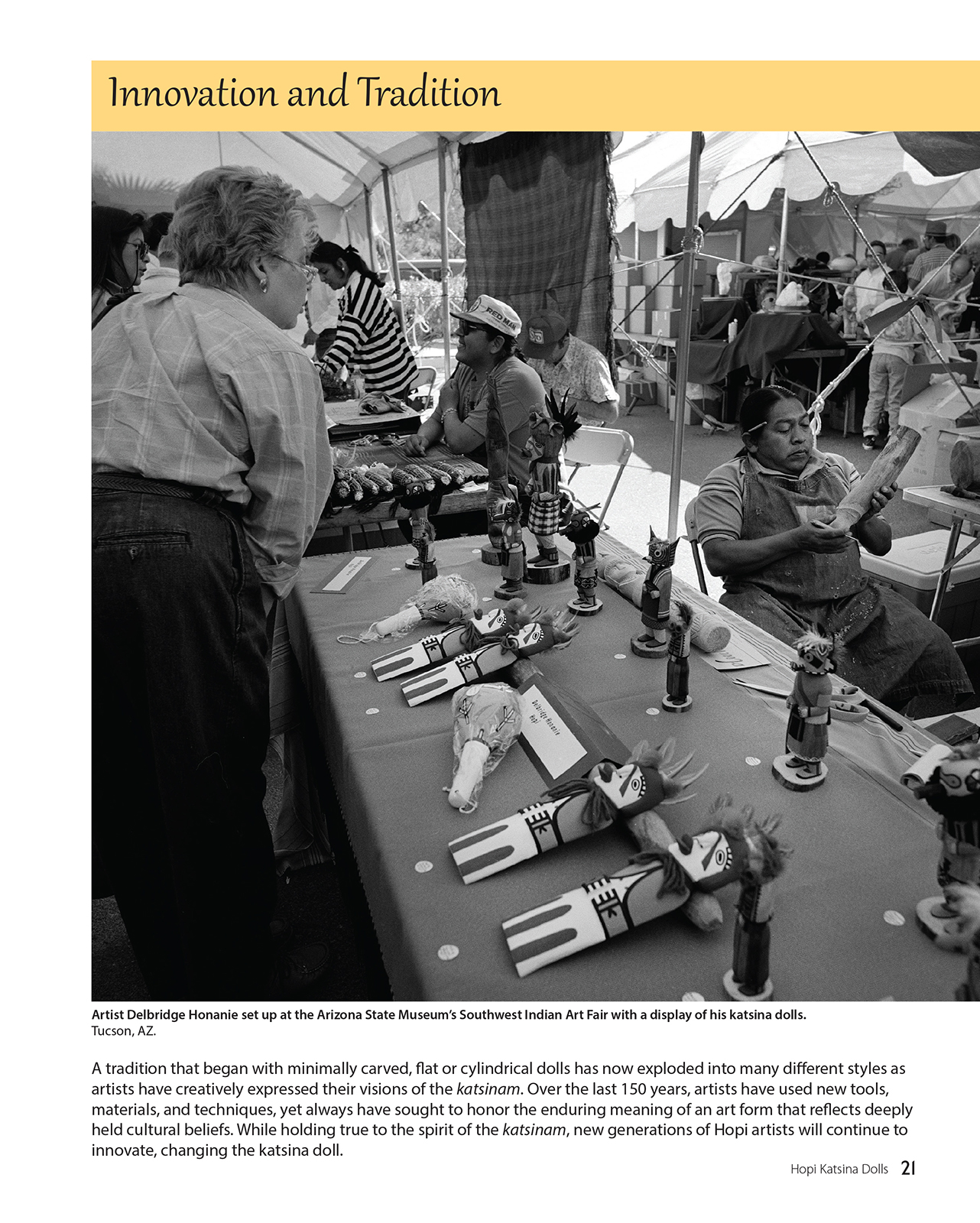
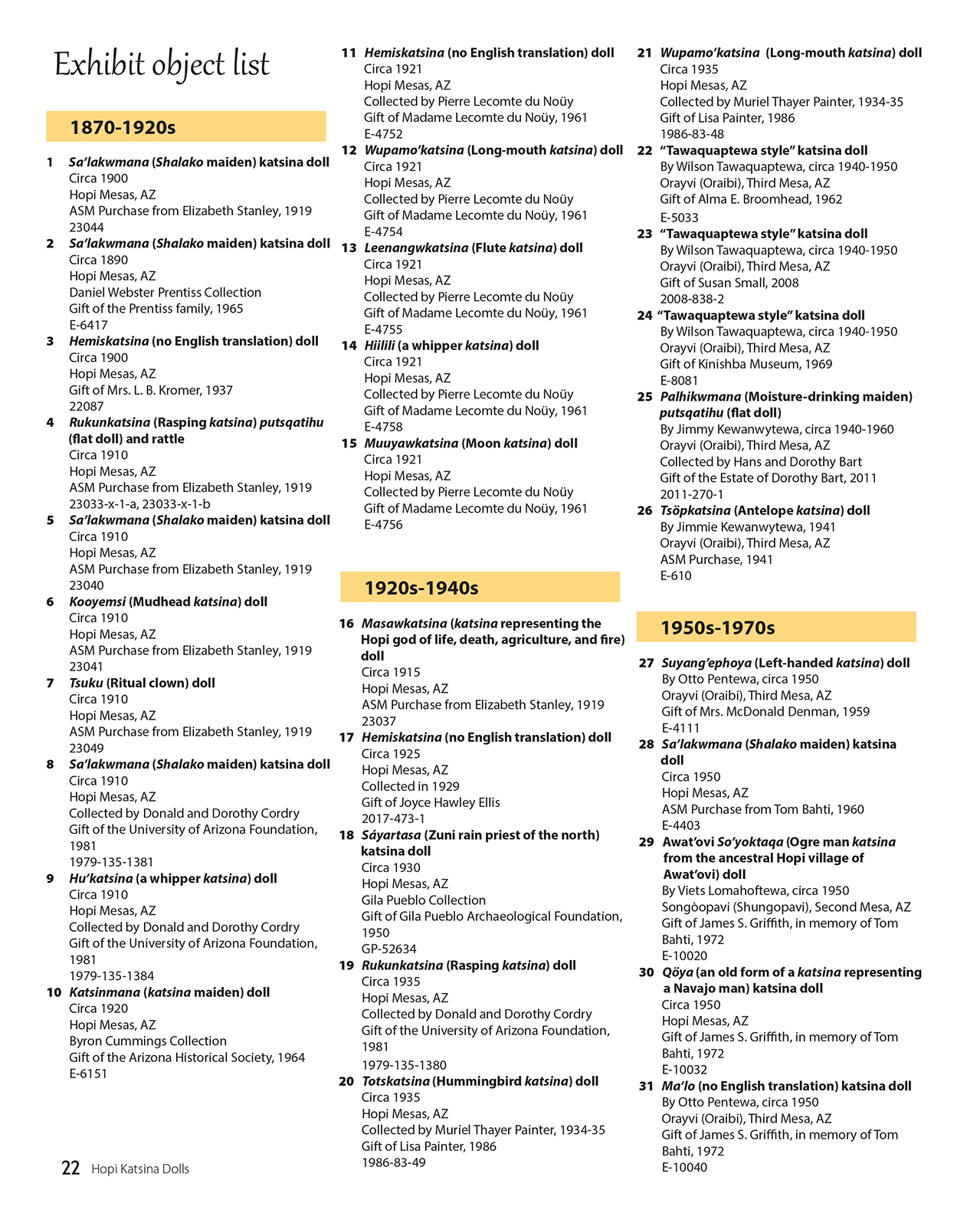
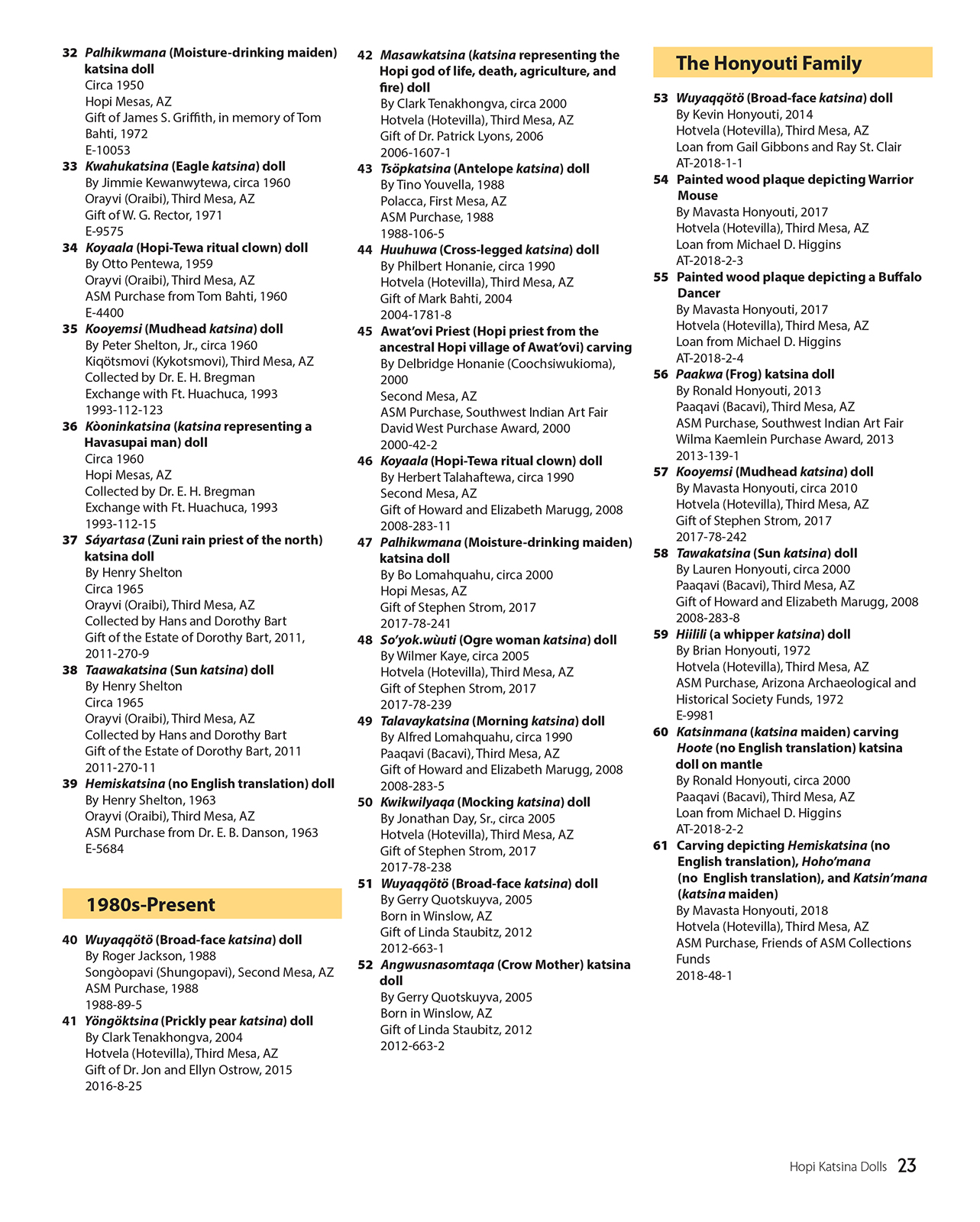
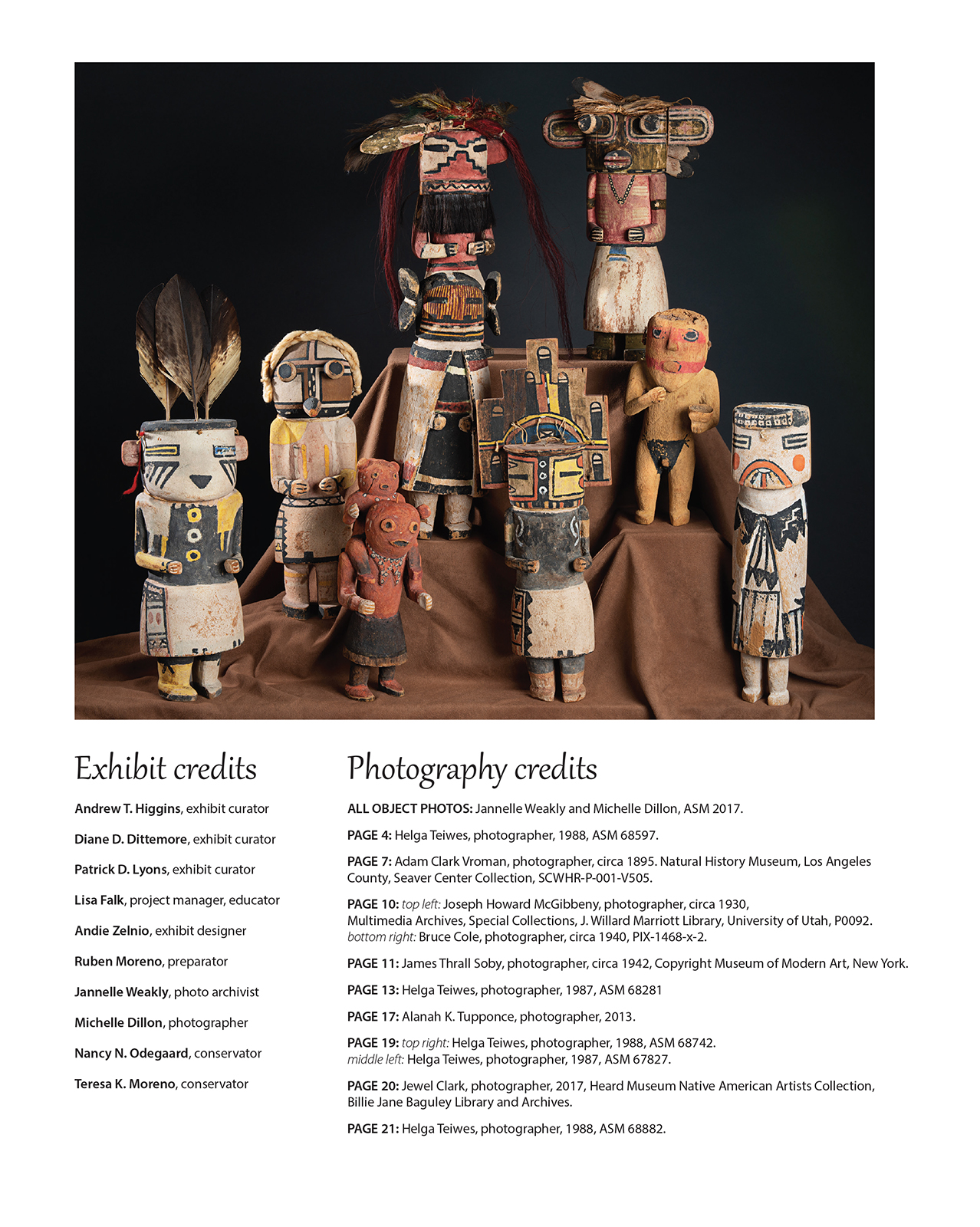
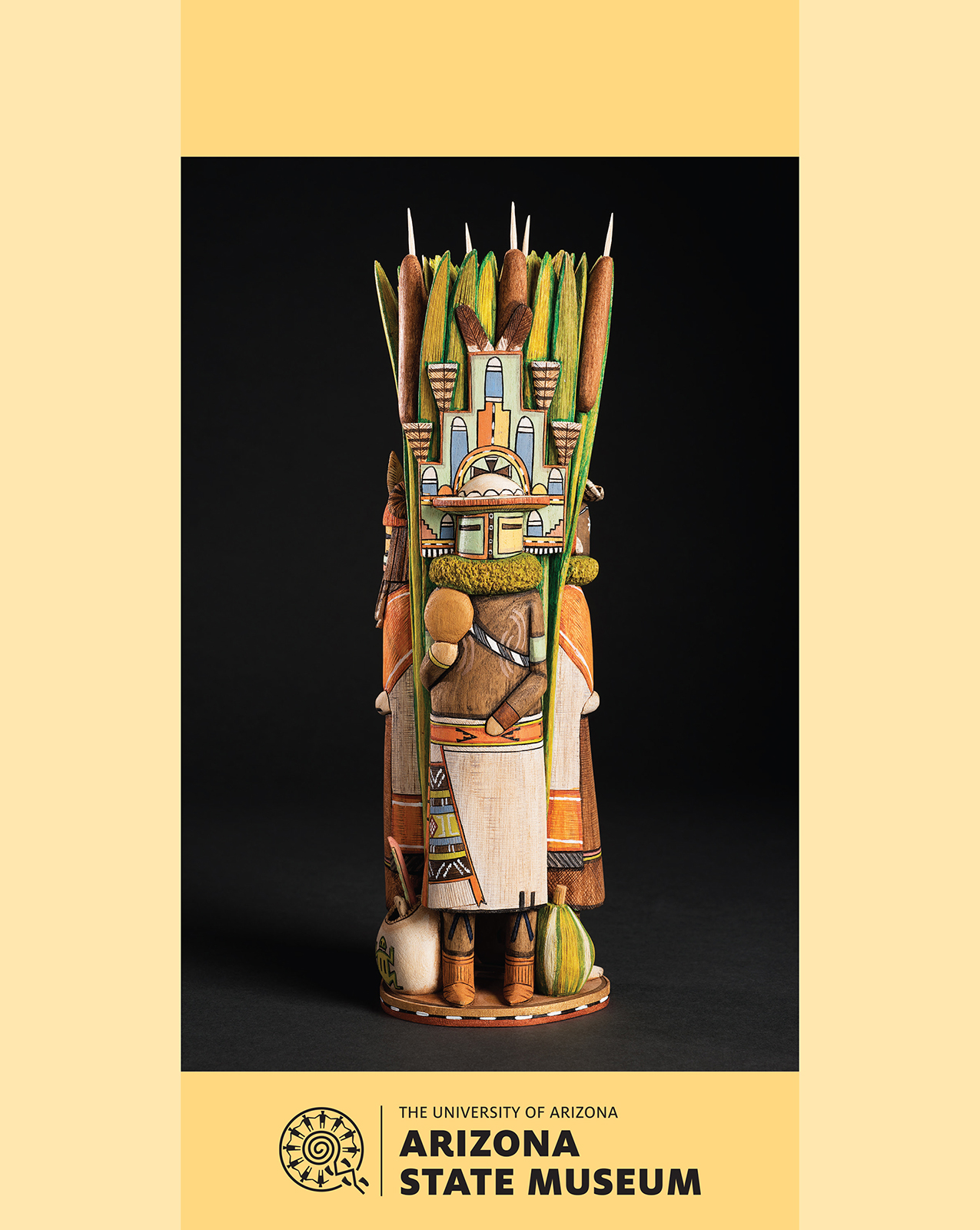
- Beth Barth

Holy Girl Is Back!
Yei - Holy Girl Pictorial : Historic : GHT 1041 : 48" x 102" : (4' x 8'6") : $12,000
This female Yei stands over 8 feet tall! It is woven with beautiful light gray background, vibrant red, deep black and cream wool in the design. A lovely stepped border stands between two Spider woman cross borders.
This weaving was part of the 2016 Woven Holy People exhibit at Nizhoni Ranch Gallery and is on page 13 of the catalog for the show.
Taking part in the Tucson Desert Art Museum Exhibit Titled: Sacred Dancers: Ceremonial Navajo Weavings. December 15, 2021 to June 25, 2022.
More Pictorials:

Pictorial Navajo Weaving : GH : Churro 1692 : 25.5" x 32" (2'1.5" x 2'8") : $1,200

Pictorial Navajo Rug : Ervin Phillips : 3425 : 19" x 23" ( 1'7" x 1'11") : $1,500

Yei : Navajo Pictorial Weaving : Anita Tsosie : 3422 : 70" x 84" (5'10" x 7'2") : $12,500

Night Sky Yei be Chei Pictorial Navajo Weaving : Berlinda Nez Barber : Churro 227 : 48" x 105" (4' x 8'9") : $25,500
We have many more pictorials to choose from. Please click here.
- Beth Barth

Wine Down Open House Friday 4-28, 5:30 to 7:30
We are excited to announce we will be holding a Wine Down (Open House) Friday April 28, 2023 from 5:30 to 7:30 pm at the Gallery.
It is the perfect time of year to enjoy beautiful weavings, wonderful friends and gorgeous sunsets. Please bring your favorite wine (or drink) and a dish to share.
RSVP to steve@navajorug.com or 520-455-5020.
Hope to see you there!
- Beth Barth

Special Place in Arizona!
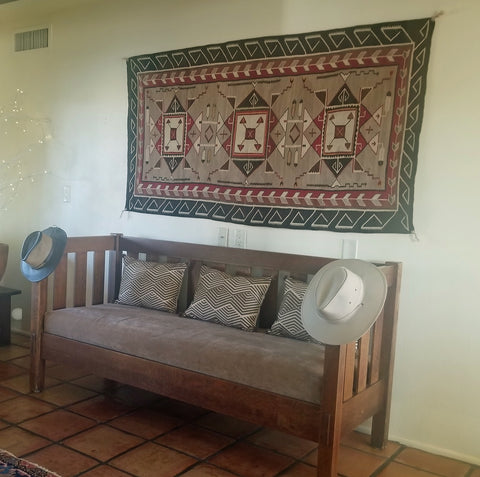
- Beth Barth

November 25th, Native American Heritage Day
The month of November is more than Thanksgiving. It's also Native American Heritage Month, a time designated to honor and recognize the contributions Indigenous people have made to the United States.
"Our resilience and our strength as the first peoples of this land should be celebrated every day," said IllumiNative founder Crystal Echo Hawk.
"As Indigenous peoples, we stand in our power every day. We continue to pass down traditions through ceremony, protect the wellness and health of our communities, and fight for clean air and water," she said.
Native American Heritage Month provides a national platform for Indigenous people to shed light on their communities by leading discussions about culture and tradition, educating the public about tribal communities or celebrating culture by wearing traditional footwear for a week.
"The month is a time to celebrate rich and diverse cultures, traditions, and histories and to acknowledge the important contributions of Native people," according to the National Congress of American Indians (NCAI).
"Heritage Month is also an opportune time to educate the general public about tribes, to raise a general awareness about the unique challenges Native people have faced both historically and in the present, and the ways in which tribal citizens have worked to conquer these challenges."
“Native American communities play a critical role in the growth and prosperity of our state,” Ducey said in a news release. “Arizona is enriched by the many diverse contributions from people all across our state, and this month, we are proud to celebrate the Native American community’s vibrant heritage, civic leadership, and history of service to our state and nation."
Arizona is home to 22 tribes, and tribal land makes up approximately 28% of the state’s land base, according to the governor's office.
- Beth Barth

Remembering the Navajo Veterans
All of us at Nizhoni Ranch Gallery would like to thank the Men and Women of the U.S.A. who served in the military and support services for our country, especially those of WWII. Many years ago this country came together in a valiant effort to help end an unbeatable war at great odds. In a state of great depression and poverty ourselves, the USA pulled together to go from the 8th military power in the world (behind Romania) to Number 1 !
Men, Women, Black, White, and Native Americans came together to work together to make this happen. The Navajo played a special part in this effort....
Seventy-five years ago, 29 young Navajo bi-lingual men joined the Marines and started boot camp. From there they went to Camp Pendleton in California and devised the Navajo Code - an undecipherable code by any one except those who spoke the language and knew the code.
These young pioneers, the Navajo Code Talkers, forged the path for a total of 421 young men. These WWII Warriors served at Guadalcanal, Peleliu, Tarawa, and Iwo Jima, and served as Code Talkers in assaults conducted by the US Marines in the Pacific from 1942 -1945. As of 1945, more than 500 Navajo had joined the Marines.
The Navajo Code continued to have value after the end of the war and remained classified. In 1992 the Code Talkers were honored at the Pentagon.
Today fewer than 10 of the code talkers survive. Two years ago it was estimated that 9,000 veterans live on the Navajo nation. Many Americans who live away from the Navajo area don't realize that the Navajo Nation encompasses 27,000 miles... the size of West Virginia.
Nizhoni Ranch Gallery helped Red Feather renovate then 94-year old Navajo Code Talker, Dan Akee's 4-bedroom home, so he could move back into it for his final days. Here is a short clip from Channel 12 News, before the project was finished....
The Red Feather organization partners with Hopi, Navajo, and Northern Cheyenne homeowners and community members to repair and winterize their homes by assembling volunteers, professionals, seeking grants, and donations. We applaud their efforts bringing the communities together to help themselves.
- Beth Barth

Booth Western Art Museum - Native Hands Exhibit!













- Beth Barth
- Tags: shows


